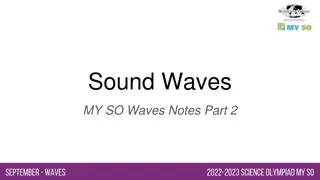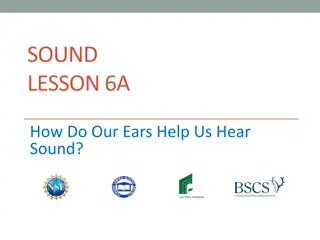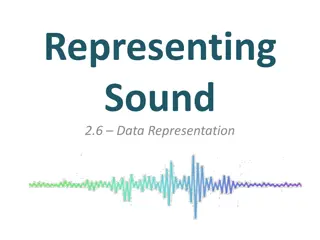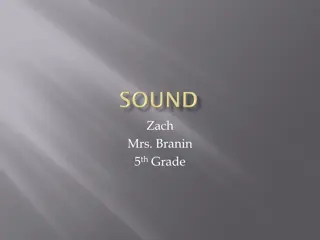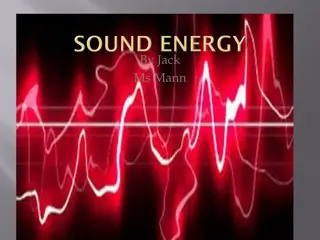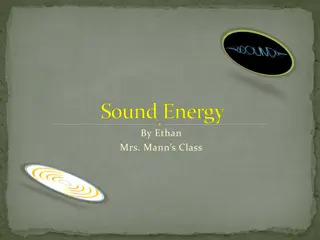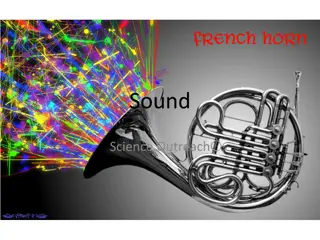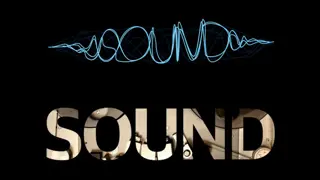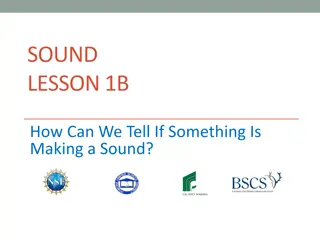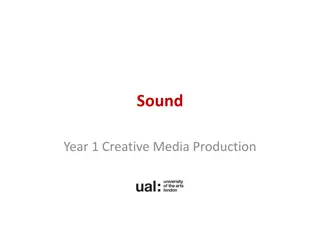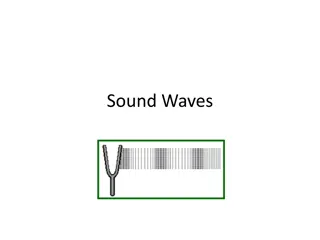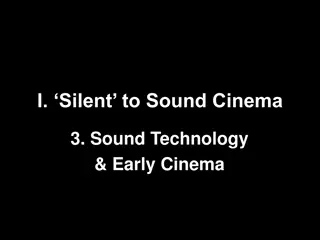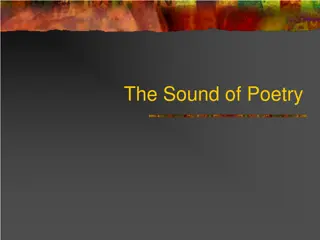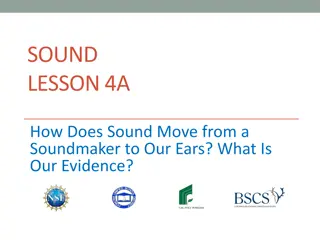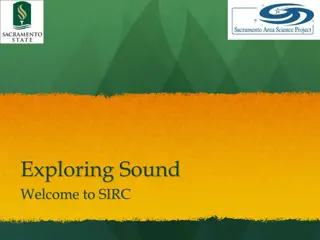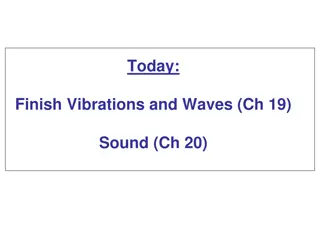Discovering the World of Sound: Chapter 12 Activities and Concepts
Experience a sound hunt activity, explore the science of vibrations and sound waves, and learn about how sound travels through different mediums. Dive into the fascinating world of echoes, dolphin navigation, and the human ear's perception of sound in this dynamic chapter.
Download Presentation

Please find below an Image/Link to download the presentation.
The content on the website is provided AS IS for your information and personal use only. It may not be sold, licensed, or shared on other websites without obtaining consent from the author. Download presentation by click this link. If you encounter any issues during the download, it is possible that the publisher has removed the file from their server.
E N D
Presentation Transcript
SOUND Chapter 12
SOUND HUNT Remain as quiet as you can for 1 minute. I will tell you when to begin, and when to stop. In the margin of your paper, write down all of the different sounds that you hear in the environment around you. You will be comparing with a partner at the conclusion of the activity.
1. A vibration is a back and forth motion that produces sound.
2. As the bell of an alarm clock vibrates, it causes nearby air particles to move.
3. A wave that transfers sound through matter is a(n) sound wave.
4. Sound waves transfer energy from particle to particle and move away from a vibrating object in all directions.
6. A sound that bounces off a surface and is a reflected sound, or a(n) echo.
7. Sound waves travel through different materials at different speeds.
8. Sound travels slowest in a gas. It travels more quickly through a(n) liquid, and travels most quickly through a(n) solid.
10. You hear sound when sound waves in the air make tiny organs in your ears vibrate.
11. The distance from the top of one sound wave to the top of the next wave is a(n) wavelength. The number of wavelengths that pass a point in one second is called frequency.
13. Amplitude affects the volume, or loudness, of sound; it is related to the amount of energy in a sound wave.
EXIT QUESTION Do you think that there is sound in outer space? Why or Why not?






